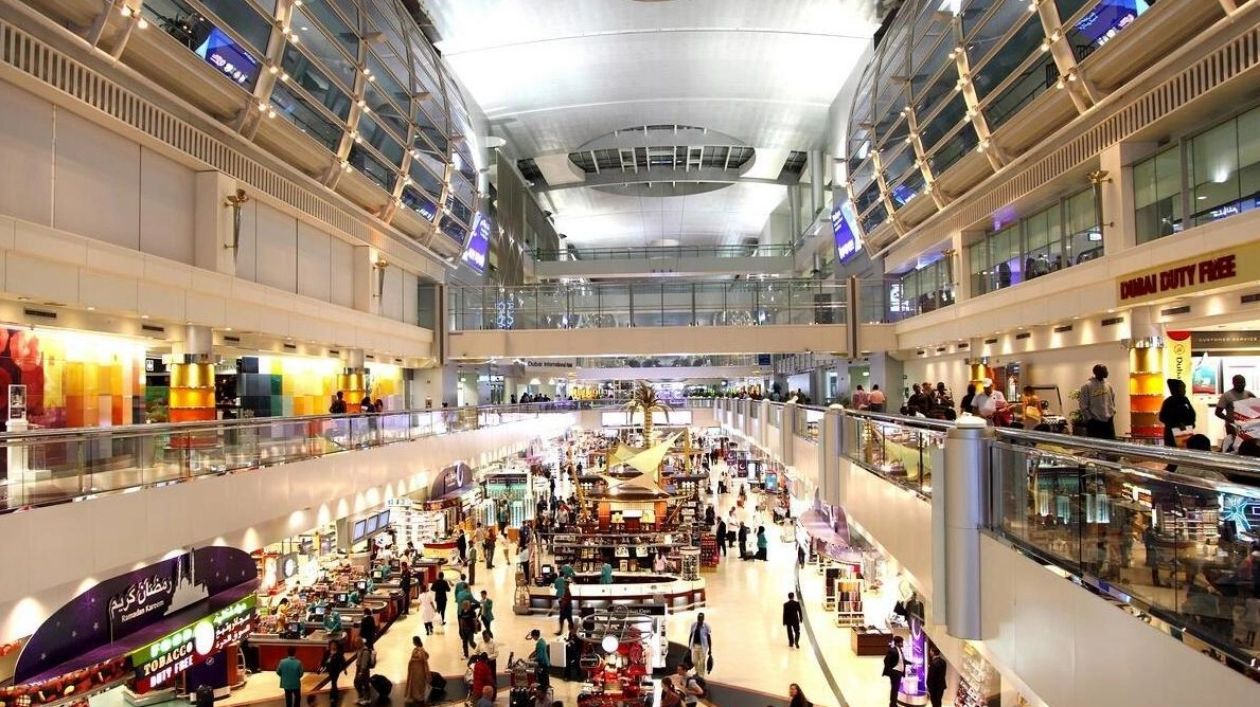Approximately 98 million passengers have traveled through various UAE airports during the first eight months of 2024, according to a statement by the General Civil Aviation Authority (GCAA) on Saturday. This noteworthy achievement was announced on 'UAE Civil Aviation Day,' celebrated annually on October 5, which marks the anniversary of the first airplane landing in Sharjah in 1932. At that time, Sharjah, along with other emirates, was part of the Trucial States, and the UAE did not yet exist. A British Imperial Airways aircraft, named 'Hanno,' landed on October 5, 1932, at the runway in Al Mahatta, now part of the Al Qasimia area in Sharjah, establishing the first airport in the Arabian region.
Over 90 years later, the UAE's civil aviation sector excels in numerous global competitiveness indicators, surpassing many developed nations, the GCAA highlighted. The UAE now boasts six national carriers (Emirates, Etihad Airways, flydubai, Air Arabia, Air Arabia Abu Dhabi, and Wizz Air Abu Dhabi) known for their luxury, quality, security, and safety. During the first eight months of this year, these carriers operated 4,807 weekly flights to various destinations worldwide. Additionally, the UAE has 10 airports, including eight international airports ranked among the best and busiest globally. These airports welcomed over 97.9 million passengers in the first eight months of this year, reflecting a growth rate of 12.6 percent compared to 86.9 million passengers during the same period last year, the GCAA noted.
Abdullah Bin Touq Al Marri, Minister of Economy and chairman of the GCAA board of directors, emphasized that the UAE is globally recognized for the rapid growth of its aviation infrastructure. In 1971, at the founding of the country, the aviation sector accounted for less than 1 percent of the GDP, while today it contributes up to 13.3 percent. According to estimates from the International Air Transport Association (IATA), the air transport market in the UAE is expected to grow by 170 percent over the next 20 years, adding 101 million passenger flights by 2037. This robust growth is projected to contribute approximately $127.7 billion to the national economy and create 1.4 million jobs.
Sheikh Ahmed bin Saeed Al Maktoum, president of Dubai Civil Aviation Authority (DCAA), chairman of Dubai Airports, and chairman and CEO of Emirates Airline and Group, stated that the aviation sector in the UAE is a vital artery connecting the country to the world, with Dubai International Airport (DXB) serving as a global model for growth and quality. DXB serves over 90 million international passengers annually, and through partnerships with global airlines, efforts are made to enhance air connectivity between the UAE and countries worldwide.
Mohamed Ali Al Shorafa, chairman of the Department of Municipalities and Transport – Abu Dhabi, highlighted that the UAE now boasts infrastructure ranking among the best in the world, with Zayed International Airport serving as a world-class example of modern airport design. Zayed International Airport exemplifies sophisticated, sustainable infrastructure that supports the growth of the aviation sector, ensuring exceptional services for millions of travelers.
Sheikh Khalid Bin Isam Al Qasmi, chairman of Sharjah Department of Civil Aviation, expressed pride in Sharjah's pivotal role in enhancing the UAE's civil aviation sector, historically significant as the site of the first aircraft landing in the country. Today, Sharjah International Airport stands as a key hub in the UAE's and the region's air transport network. Ongoing efforts are invested in expansion projects to support future vision and enhance the airport's capacity to accommodate growth in air traffic.
The officials also committed to continuing strategies that enhance the safety and security of the aviation sector and support efforts toward a green, low-carbon aviation system.






